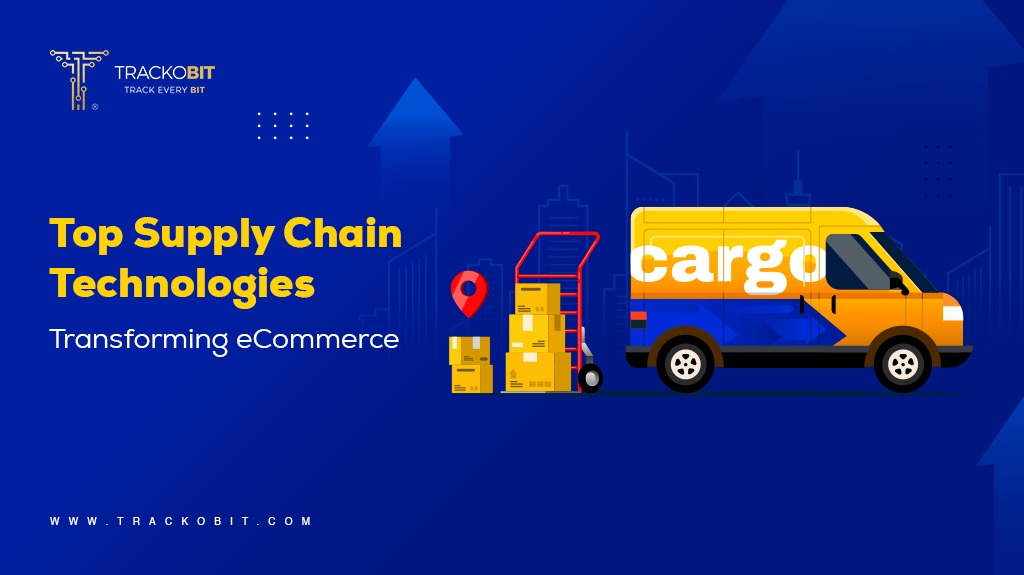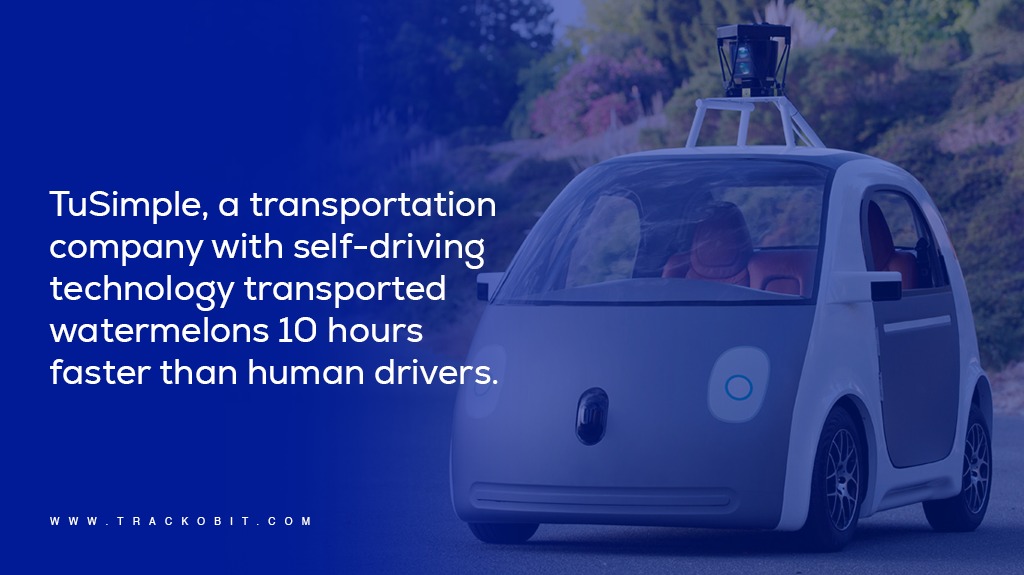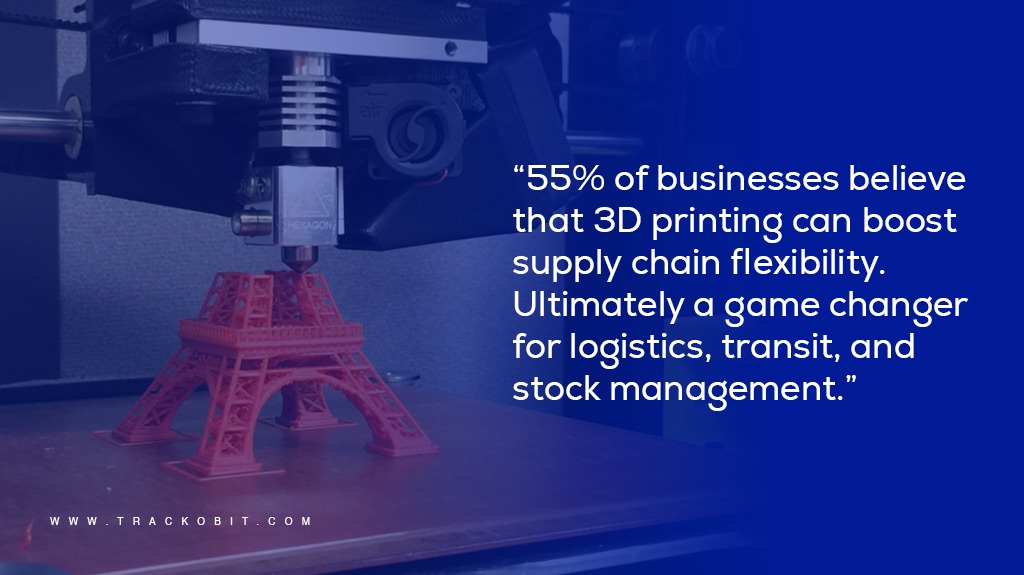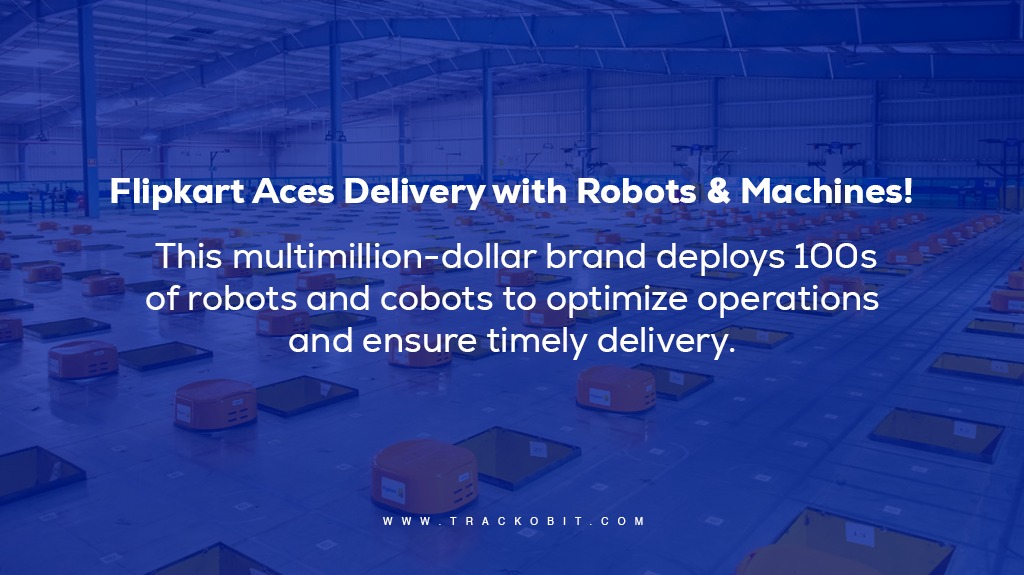-
TrackoBit
Manage commercial vehicles with the new-age Fleet Management Software
TrackoBit -
TrackoField
Streamline your scattered workforce with Field Force Management Software
TrackoField -
Features Resources
-
Blog
Carefully curated articles to update you on industrial trends. -
White Paper
Insightful papers and analysis on essential subject matters. -
Glossary
Explore an alphabetical list of relevant industry terms. -
What’s New
Get TrackoBit & TrackoField monthly updates here. -
Case Study
Explore the cases we solved with our diverse solutions. -
Comparisons
Compare platforms, features, and pricing to find your best fit.
-
About Us
Get to know TrackoBit: our team, ethos, values, and vision. -
Careers
Join the most dynamic cult of coders, creatives and changemakers. -
Tech Support
Learn about our technical support team and services in detail. -
Events
Check out the exhibitions where we left our marks and conquered. -
Contact Us
Connect with us and let us know how we can be of service.
Top 5 Supply Chain Technologies Boosting eCommerce Industry
- Author:Nandita Gupta
- Read Time:5 min
- Published:
- Last Update: January 7, 2026
Table of Contents
Toggle
Read which top 5 supply chain technologies are worth adopting for eCommerce brands like yours in 2026 to increase efficiency, resiliency, and responsiveness.
Table of Contents
Toggle
In the eCommerce industry, supply chain technologies play a critical role in defining businesses’ and customers’ success. These dominating supply chain technologies are like silent forces that shape the way businesses enhance their operational efficiency. Plus it redefines how consumers shop and experience the digital marketplace.
Today, with the click of a button, it’s easy to revolutionise modern supply chain management — while enhancing efficiency, reducing costs, and delivering a never-seen-before shopping experience.
Here are some game-changing supply chain technologies that eCommerce brands must embrace to meet their bottom lines.
Top 5 Supply Chain Technologies Trends– Revamping the eCommerce Industry
1. Cloud Computing & AI
Supply chains are becoming more efficient with the use of cloud-based systems and advancing AI and ML systems. Every growing year, eCommerce businesses are becoming more efficient at analysing vast data with more precision and timeliness. Such digitisation is growing each year, enabling organisations to:
- Get real-time insights into their supply chain operations.
- Accurately forecast their demand patterns.
- Optimise inventory levels.
- Reduce transportation costs.
- Improve customer services.
- Optimise financial liabilities.
- Make security and risk management powerful.
AI is getting accessible and affordable technology, helping supply chain managers with two broad things:
- Handling gigantic amounts of data.
- Ability to react to changes at an unprecedented speed but with accuracy.
AI algorithms are advancing to help detect demand patterns with so much speed and accuracy. It’s helping the companies realise any potential disruptions with the necessary insights to create an optimal supply plan. In short, implementing technologies to boost the supply chain is a must to streamline modern supply chain management.
Read Blog – How can you integrate AI with Fleet Management?
Generative AI in eCommerce Landscape – What to Expect?
Generative AI is a new trend in the eCommerce landscape. Right from personalized product recommendations to embedding chatbots to content creation — it helps with everything. Many eCommerce brands are utilising AI’s phenomenal ChatGPT program and similar generative AI models like AutoGPT and other AI Agents to automate workflow and enhance customer experiences.
ChatGPT and other AI agents in eCommerce are helping with real-time customer support through chatbots to reduce wait times and enhance order tracking.
Read Blog – How you can enhance ETA in the Supply chain?
Here are a few leading e-commerce-focused generative AI solutions:
| Popular Generative AI Solutions | Use Case |
| OpenAI’s ChatGPT and GPT-4 | Many AI vendors are using OpenAI’s ChatGPT and GPT-4 to embed chatbots, virtual assistants, and other tools that could help increase customer experience. |
| Gridspace | Gridspace is emerging as a popular contact centre tool that acts as a virtual agent to take calls to enhance customer experiences. |
| Jasper | Jasper’s library of tools offers a range of generative AI chatbots that help with:
|
| Veesual | VR/AR-driven AI tools are so popular helping enhance shopping experiences for furniture and clothes for virtual-try. |
These AI-driven innovations enhance customer experiences, streamline operations, and drive sales by generating dynamic, relevant, and engaging content tailored to individual preferences.
AI applications in modern supply chain management, enhancing logistics integration and cargo flow control across land, sea, and air.
2. Self-Driving Delivery Vehicles – “Driverless Future”
Self-driving delivery vehicles are here to create a “Driverless Future” for e-commerce businesses. Finally a substitute for strenuous long-haul trucking routes or cross-country trips. Autonomous vehicles in the eCommerce sphere could do a great deal to keep overtired drivers off the road and prevent accidents while reducing delivery times and labour costs.
The widespread adoption of a driverless future is still questionable because of regulatory and safety challenges. But if approved, it can redefine logistics efficiency and last-mile delivery.

3. 3D Printing in Supply Chain

3D printing is nearly 30 years old. However, it will have its prevalence now more than ever. 3D will become mainstream in redefining the supply chain of the eCommerce industry as it will lead to more:
- Durability (more robust goods)
- Speed (fast production, less time-to-market)
- Waste cutting, thus, is cost-cutting (better than traditional manufacturing, which wastes 90% of the original block of materials).
Here’s how 3D printing in the supply chain will help drive eCommerce growth:
- Decentralized production – Due to the portable nature of 3D painting technology, we will see mass production shifting to local markets of low-cost countries.
- More product customisation – This will help with customer-centric production, making the supply chain agile and effective.
4. Warehouse Robotics
Warehouse robotics is a growing supply chain trend, prevalent in the eCommerce industry. The use of automated machines and robots is increasing to manage tasks like:
- Material Handling
- Order fulfillment
- Inventory management
These robots are adding to improved efficiency, accuracy, and speed, eventually reducing labor costs and errors.

5. Predictive Demand Forecasting
Do you know as per Statista, the average annual cost of supply chain disruptions for companies in 2021 was $184 million, worldwide?
Merchants who are still using spreadsheets as a supply chain planning tool can never be able to identify disruptions around:
- Soaring shipping rates
- Lack of resources or equipment
- Demand fluctuations
- As basic as worker shortages
But now 46% of companies have nodded yes to AI and ML-driven supply chain planning software solutions — to predict better!
Predictive demand forecasting in eCommerce revolutionizes supply chain logistics by using data analysis and machine learning to anticipate consumer trends and inventory needs. It lets businesses efficiently manage inventory, transportation, and warehousing while adapting to dynamic market demands. Everything eventually leads to optimized stocking, reduced costs, and improved customer satisfaction.
Conclusion
The above supply chain technologies are emerging and unfolding at a light speed, pushing the eCommerce industry way forward. Their contribution will continue to help small to large-size eCommerce brands uplift operations, unify resources, minimise expenses and enhance customer satisfaction.
It’s a must for brands to anticipate and shake hands with these top-tier technology trends to experience a new and improved way of supply chain. Implementing technologies to boost the supply chain undeniably is an unwavering need as there is an immense need to shrink wait times.
TrackoBit can help you streamline your modern supply chain management processes with path breaking fleet management solutions. Let’s connect over a quick call!
FAQs on Supply Chain Technologies
-
What is the supply chain in eCommerce?
The supply chain in eCommerce involves the following series of logistics processes: 1. Procurement of raw materials 2. Manufacturing of finished products 3. Warehousing 4. Fulfillment 5. Inventory management 6. Last-mile delivery
-
Why is improving supply chain operations important?
Improving the modern supply chain management process with breakthrough technologies helps businesses cut down operational costs, receive & deliver orders at speed, and meet customers' expectations spot on.
Nandita is the Team Lead for Content Marketing at TrackoBit, bringing over a decade of experience in B2B, B2C, and IoT sectors. She has a proven track record of helping Read More
Related Blogs
-

When Tracking Needs a Clock: Rethinking Fleet Visibility
Tithi Agarwal December 24, 2025Read on to understand why fleet tracking works better when it follows working hours. Because visibility should support operations, not…
-

What Makes TrackoBit’s Video Telematics Software Truly Next-Gen?
Shemanti Ghosh December 17, 2025TrackoBit’s video telematics software blends smart video intelligence with full server control. The result? Superior fleet reliability and safety.
-

Plug, Pair, Perform TrackoBit Introduces BLE Sensor Integration
Tithi Agarwal November 26, 2025TrackoBit’s BLE Sensor Integration enables wireless, real-time monitoring with faster installs and accurate insights. It improves fleet efficiency, visibility, and…
-

How to Use Driver Behavior Reports as a Sales Hook to Close Big Fleets
Tithi Agarwal October 16, 2025TrackoBit’s driver behavior reports empower fleet providers to win big contracts by showcasing safety, efficiency, and measurable ROI.

Subscribe for weekly tips to optimize your fleet’s potential!
Your inbox awaits a welcome email. Stay tuned for the latest blog updates & expert insights.
"While you're here, dive into some more reads or grab quick bites from our social platforms!"Stay Updated on tech, telematics and mobility. Don't miss out on the latest in the industry.
We use cookies to enhance and personalize your browsing experience. By continuing to use our website, you agree to our Privacy Policy.

































